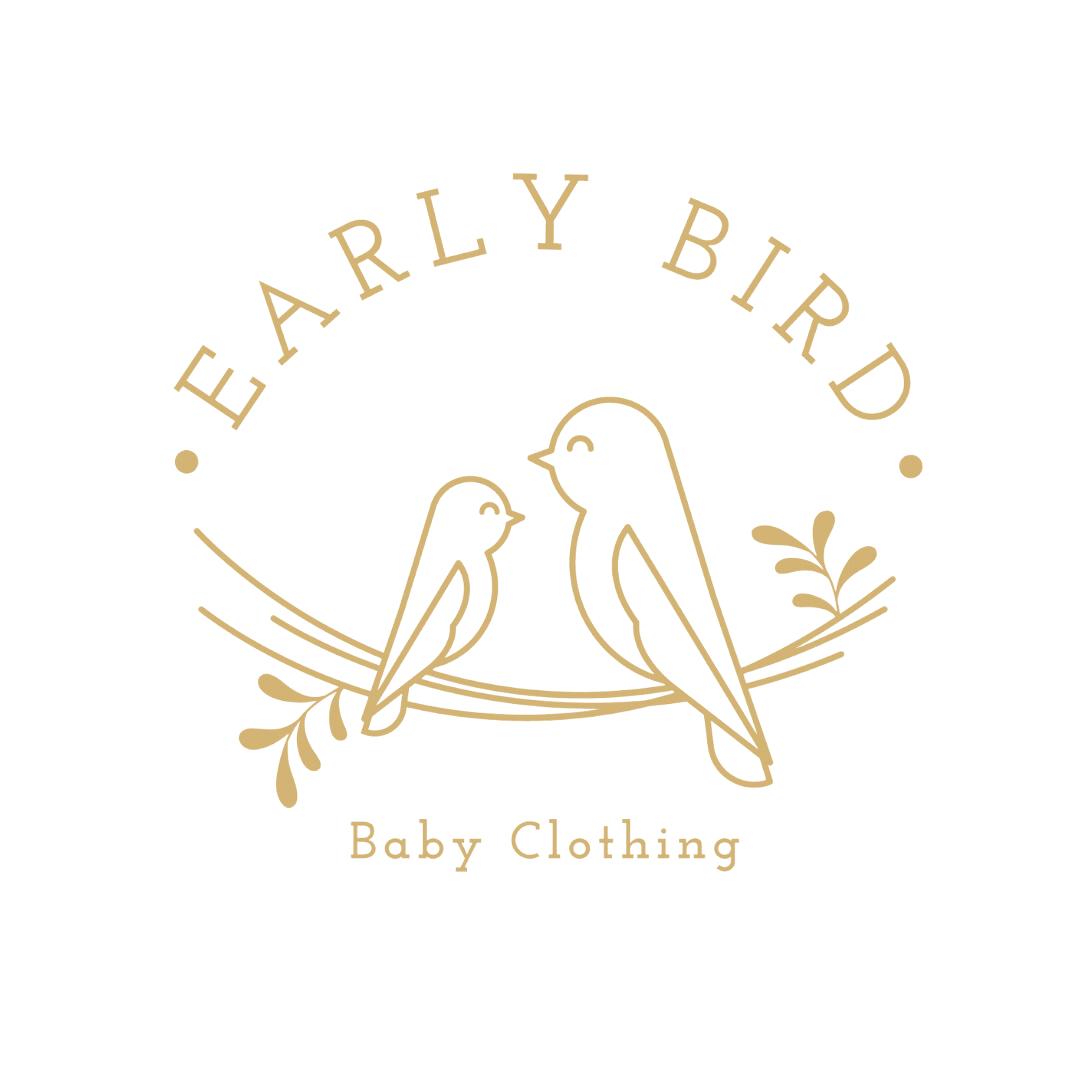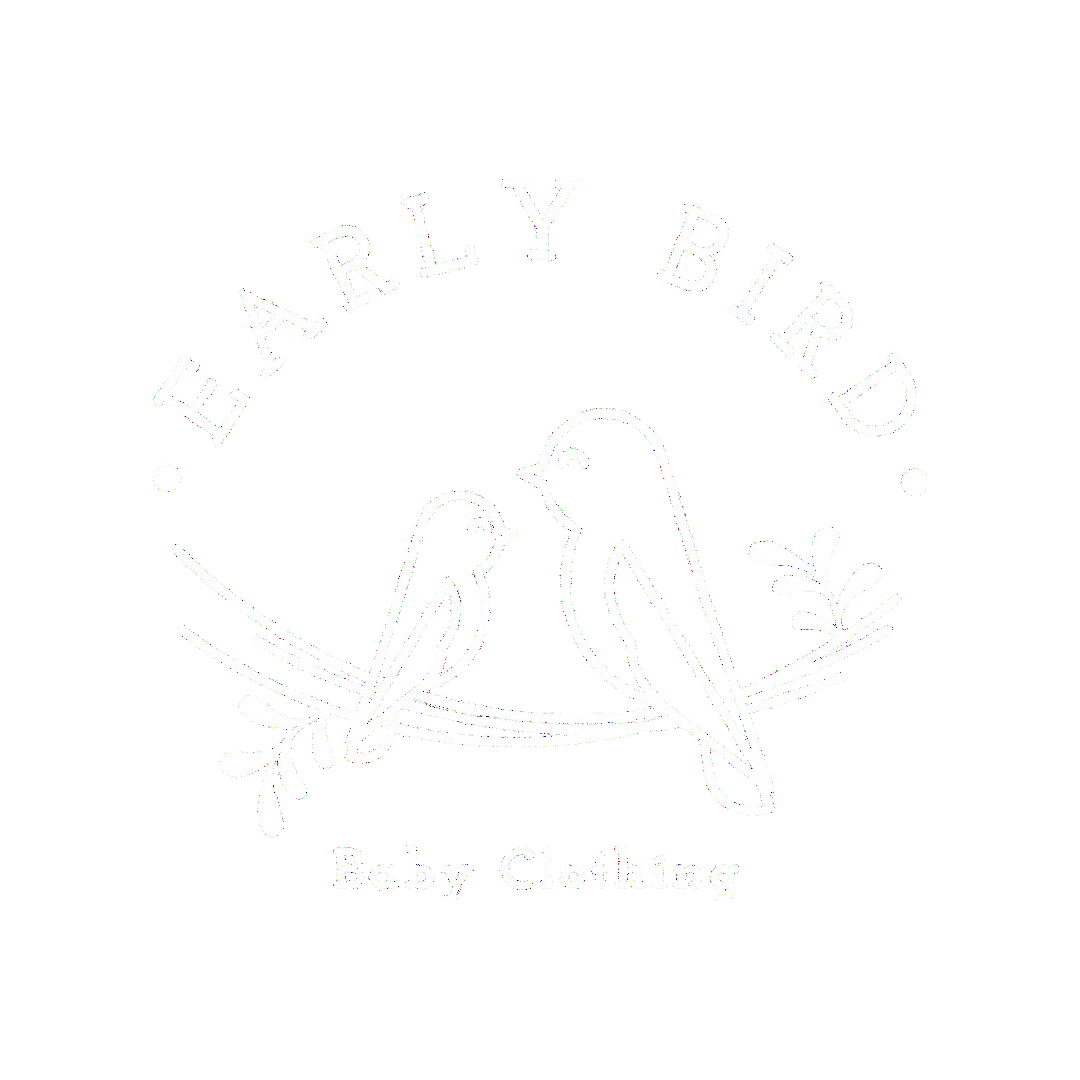What is Pima Cotton and, why i trust this soft fabric for my baby?
As we all know, we're always on the lookout for the best materials to keep our babies comfortable and healthy. And, Pima cotton meets both conditions. This material that has won my heart. Pima cotton is not just another fabric, it has a fascinating history and a range of benefits. In this blog, I'll share the story of this extraordinary fabric, the reasons why it's perfect for our babies, and why it's my go to choice compared to other materials like bamboo and polyester backed by scientific studies.
A Brief History of Pima Cotton:
Pima cotton is a superior type of cotton named after the Pima Native American tribe in the southwestern United States. It was first cultivated in Peru more than 4,000 years ago, making it one of the oldest varieties of cotton. The Pima tribe, known for their exceptional weaving skills, started cultivating this cotton in the late 1800s.
The Benefits of Pima Cotton:
- Softness and Comfort: Pima cotton is known for its extra-long staple fibers, which give it a luxurious softness and smoothness. Studies have shown that softer fabrics reduce the likelihood of skin irritation and provide better comfort, especially for babies with sensitive skin (Tsuda et al., 2015).
- Hypoallergenic Properties: Pima cotton is hypoallergenic, which means it's less likely to cause allergies or irritation. Research has found that hypoallergenic fabrics like Pima cotton can help reduce the risk of developing atopic dermatitis in babies (Choi et al., 2018).
- Durability: The long fibers of Pima cotton not only contribute to its softness but also its durability. Longer fibers result in a stronger, more resilient fabric, making it ideal for baby clothing.
- Breathability: Pima cotton is highly breathable, allowing for better air circulation and moisture-wicking. This helps regulate a baby's body temperature, which is essential for their overall comfort and well-being (Reynolds et al., 2011).
Why Pima Cotton is Recommended for Babies:
Given its numerous benefits
- Skin Sensitivity: Babies have delicate, sensitive skin, which makes them more prone to irritation and rashes. Pima cotton's softness and hypoallergenic properties help keep babies comfortable and reduce the risk of skin irritation.
- Temperature Regulation: Breathable fabrics like Pima cotton are crucial for maintaining a baby's body temperature, especially during sleep. the American Academy of Pediatrics (AAP) does recommend using breathable materials to help regulate a baby's body temperature as one of the measures to create a safe sleep environment, which in turn can help reduce the risk of SIDS.
According to the AAP's recommendations for a safe infant sleeping environment, parents should avoid overheating and maintain a comfortable room temperature (Task Force on Sudden Infant Death Syndrome, 2016). Overheating has been associated with an increased risk of SIDS (Moon, 2016). Using breathable materials like Pima cotton can help regulate a baby's body temperature, reducing the risk of overheating and creating a safer sleep environment.
Durability: As parents, we all know how quickly babies grow, and how many times their clothes need washing. Pima cotton's durability ensures that baby clothing and bedding will last longer and maintain their quality even after multiple washes.
What about Pima Cotton vs. Bamboo and Polyester:
- More Studies and Experience: Cotton, as a natural fiber, has been widely studied and has a long history of use in clothing and textiles. This extensive research and experience make it a safer and more reliable option compared to relatively newer materials like bamboo. While bamboo is also a natural fiber, it lacks the extensive research and long-term data that cotton offers.
- Natural vs. Synthetic: Unlike cotton, polyester is a synthetic material made from petroleum byproducts. Polyester undergoes various chemical processes during its production, which raises concerns about potential skin irritations and allergies. Pima cotton, on the other hand, is a natural fiber with hypoallergenic properties, making it a safer option for babies with sensitive skin.
- Flammability: Polyester is highly flammable, posing a risk for babies, especially when it comes to sleepwear. Studies have shown that polyester can ignite easily and burn rapidly, increasing the risk of injury (Horrocks & Anand, 2000). In contrast, Pima cotton is less flammable, and when treated with flame-retardant chemicals, it becomes an even safer option for baby clothing and bedding.
Pima cotton has a rich history, and its unique properties make it the ideal fabric for our little ones' clothing. The softness, hypoallergenic nature, durability, and breathability of this fabric can help ensure our babies stay comfortable, healthy, and happy. By choosing Pima cotton, you're investing in the well-being of your little one while also preserving the quality and longevity of their clothing.
References:Choi, H., Schmid-Ott, G., Ahn, S. K., & Proksch SIDS and Other Sleep-Related Infant Deaths: Evidence Base for 2016 Updated Recommendations for a Safe Infant Sleeping Environment. Pediatrics, 138(5). https://doi.org/10.1542/peds.2016-2940



